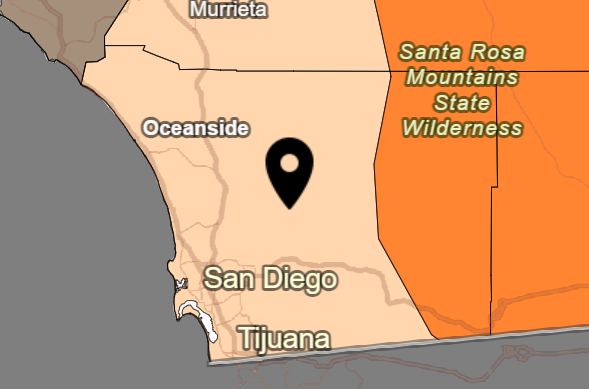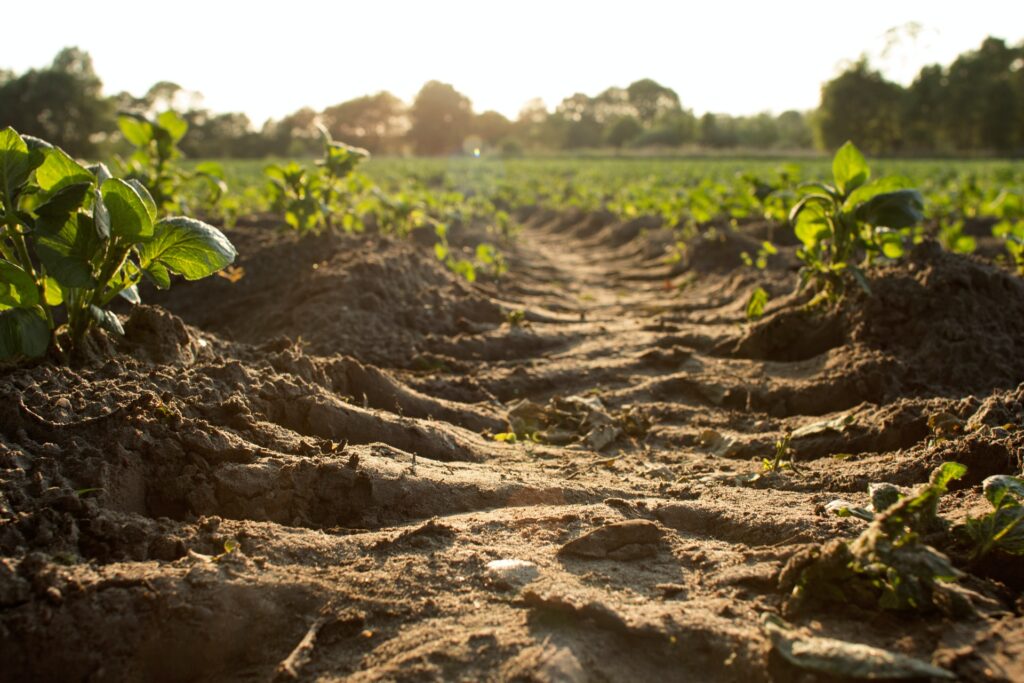Regenerative agriculture (RA), broadly defined, is the practice of any agricultural activity, such as farming or ranching, that improves the environment at the same time as producing food or other farming products.
There are regenerative farms all over the world, although each regenerative farm may use slightly different regenerative practices. This article will present the benefits of regenerative agriculture in San Diego and will provide several examples of how regenerative agriculture is happening in San Diego.
Background information: What Is Regenerative Agriculture?
Table of Contents
Why Is Regenerative Agriculture Needed in San Diego?
Regenerative Agriculture in San Diego
Why Is Regenerative Agriculture Needed in San Diego?
Agriculture has high value in San Diego and brings in large amounts of money, particularly from fruit and nut crops. In fact, San Diego is the 12th largest farm economy in California, with 5,732 farms in the county. While the value of commercial agriculture in the county increased by 0.8% in 2020, the agriculture sector in San Diego faces increasing pressure from low soil fertility, limited precipitation, and climate change. These are some of the main challenges that may cause farmers to turn to regenerative agriculture practices in San Diego.
Low soil health and fertility: Soil in San Diego County typically is not great for growing plants. It is often low in nutrients and high in clay content. This makes agriculture difficult, and is one of the reasons why regenerative agriculture may benefit farmers in the area. Regenerative agriculture can increase soil health by increasing soil carbon and introducing more organic matter into the soil, which helps provide necessary nutrients to crops.

Limited water and precipitation: The entire population of San Diego, 3,095,313 people, is affected by drought. The entire county is in moderate drought conditions (shown in tan on the map to the right) or severe drought (shown in orange). Severe drought is characterized by a lack of grazing land, extreme fire, increased wildlife diseases, and decreased plant growth. Regenerative agriculture in San Diego may represent a promising solution to creating an agricultural system that requires less water and grows crops that are more resistant to drought. For example, California State’s Climate Change Assessment found that increasing soil’s organic matter (increasing the amount of plant matter, often through regenerative agriculture) by only 1% can reduce the need for irrigation by over 67 billion gallons of water.
Climate change: San Diego is already experiencing the effects of climate change, from increased drought to severe wildfires to extreme heat. All of these impacts make agriculture in San Diego much more difficult, which not only increases food insecurity but threatens many farmers’ livelihoods. Regenerative agriculture can help farmers become more resilient to climate change and its effects, in addition to actually mitigating climate change through increased carbon sequestration in soil.
Read more: Low Carbon Agriculture
Regenerative Agriculture in San Diego
Regenerative agriculture is happening in San Diego in a number of ways. These include regenerative farms, government initiatives to increase soil health, and companies that supply healthy soil to farmers in San Diego to encourage regenerative farming.
Farms
There are several farms in San Diego County and surrounding areas that use regenerative practices. Here are a few examples of regenerative farms in San Diego.
Wild Willow Farm
Wild Willow Farm is a farm, educational center, and nonprofit. They farm on the Tijuana River, and grow a wide variety of crops using sustainable and regenerative agricultural practices. Their programs aim to interact with the community to spread knowledge about the benefits of regenerative agriculture. They offer tours and other education programs, as well as the opportunity to buy their produce through a Community-Supported Agriculture (CSA) program, in which people can buy a share of the farm ahead of time and then receive produce and other farm products throughout the year.
Grow Eco Farm
Grow Eco Farm is a self-described “beyond sustainable” farm located in San Diego’s South Bay. They “use methods that rebuild depleted soil and regenerate the soil ecosystem.” The farm’s main focus is to reduce climate change and increase biodiversity through regenerative farming. Despite the farm’s small size (a quarter acre), the farm can produce food for up to 20 households. They also offer a CSA program to spread eco-friendly produce to the community.
There are many other regenerative farms in the San Diego area. You can find them using Regeneration International’s regenerative farm map, although there may be more farms not shown on the map.

Source: Regenerative Farm Map, Regeneration International
Government Initiatives
The California Department of Food and Agriculture’s (CDFA) Healthy Soils Program works to increase soil health in farms across California, including in San Diego. They provide financial assistance to farmers to implement regenerative agriculture practices that work to increase soil carbon sequestration, increase soil health, and fight climate change. Regenerative agriculture practices that they fund include:
- Cover cropping
- No-till and reduced-till farming
- Mulching
- Composting (instead of chemical fertilizers)
- Conservation planting (also known as agroforestry, in which farmers plant trees to prevent erosion, clean water, sequester carbon, and create wildlife habitats to promote biodiversity)
Learn more about how these practices benefit farmers: Regenerative Agriculture Infographic
Soil Management Companies
Many small-scale farms in San Diego use methods that alter the mineral or biotic makeup of soil in order to increase soil health on their farms. Healthier soil allows farmers to grow more food, and increases soil’s ability to sequester carbon. Several companies in San Diego offer soil health solutions such as additives that increase soil health or reduce the need for water use.
Eco-Gem®

Eco-Gem® is a Denver-based company that offers Calcium Sulfate Dihydrate (CSD) that is offered for sale in San Diego. CSD is a mineral fertilizer that increases soil health and soil’s ability to capture carbon. CSD, also known as gypsum, is known to help soil absorb water better and reduce soil erosion. The company states that farming areas treated with CSD require 30% less water for irrigation.